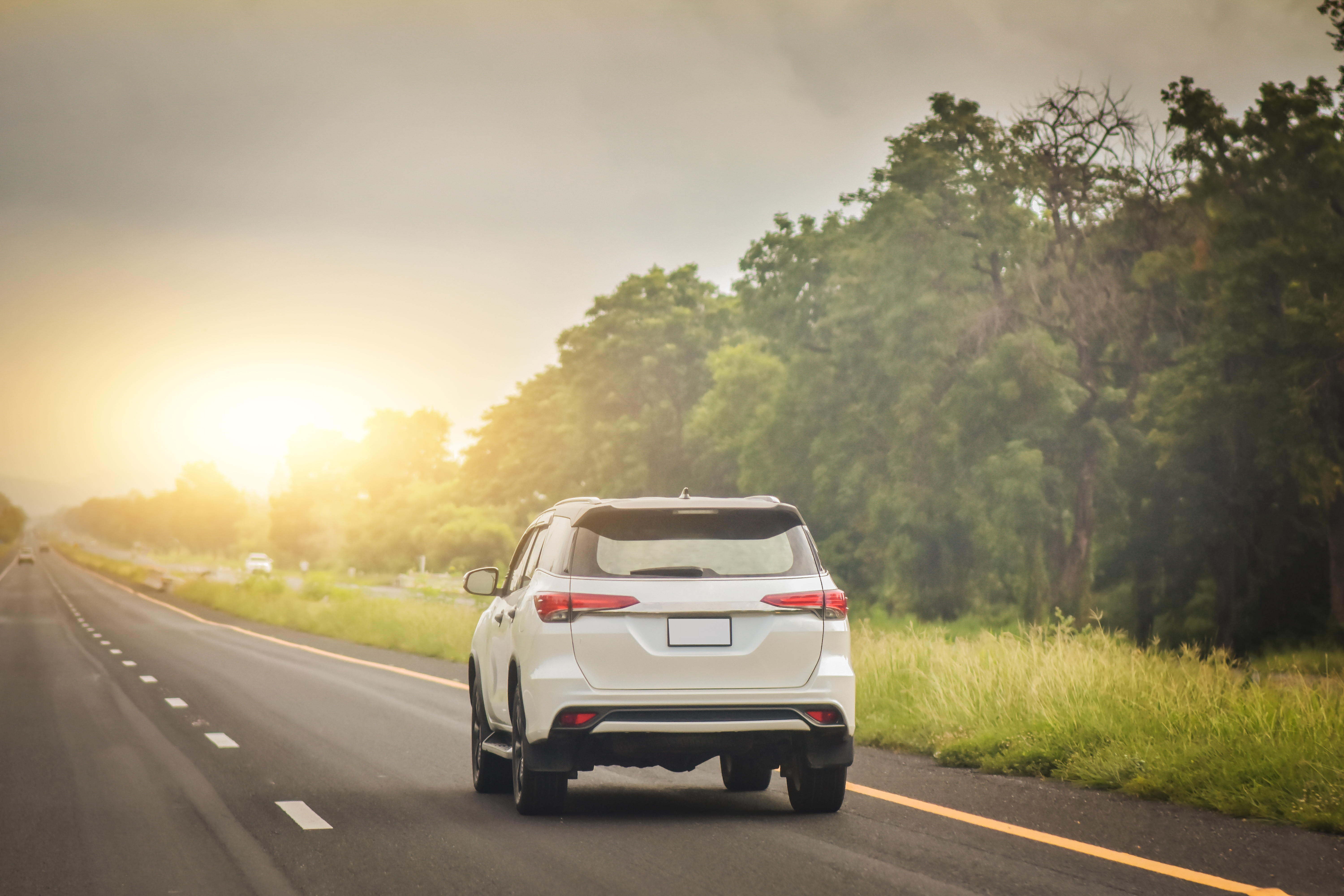
Relocating Your Vehicle From The UK To Australia: What You Need To Know
Relocating from the UK to Australia, whether for work or lifestyle, is about as big a move as you can make. With a sea journey in the region of 13,700 miles between Plymouth and Sydney, taking 30-50 days to arrive, shipping goods and property to your new location in Australia is a large undertaking, and one that requires careful planning. This is especially the case if you’re planning on taking your car to Australia with you, as there are various motor-vehicle import requirements you should be aware of, as well as associated costs.

Customs and regulations
Before attempting to ship a vehicle to Australia, you’ll need to secure an import approval. Rules surrounding vehicle imports are covered by the Road Vehicle Standards Act 2018, and are regulated by the Department of Infrastructure, Transport, Regional Development, Communications and the Arts. It is an offence to attempt to import a road vehicle into Australia without approval, and doing so could result in your vehicle being impounded in customs. You will be liable for any storage and removal costs.
There are several types of vehicle import approval, depending on the type of vehicle, and whether the vehicle is disassembled or partly completed. Applications can be made online through ROVER, the Australian government’s online portal for vehicle standards and imports, which also provides information about the types of road vehicle approvals.
An application fee of AUD $50 is due on submission, and the turnaround for receiving an import approval is around 30 working days from receipt.
While you’re waiting, use the time to make sure you have all your other documentation and paperwork in order. This includes:
- Your vehicle import approval document
- Receipts for any items inside the vehicle
- A completed customs declaration
- Proof of vehicle ownership (minimum 12 months)
How much does it cost to import a car into Australia?
Importing a road vehicle into Australia incurs several costs that should be factored into your budget. Let’s start with Customs and border control. You should expect to pay customs duties, Goods & Services Tax (GST) – which is around 10%, and luxury car tax (LCT) for high-value vehicles. Luxury cars may also incur additional taxes and higher tariffs.
You may also need to pay for steam cleaning in order for the vehicle to pass Australian biosecurity requirements, and other third-party costs may include customs brokers charges, import processing fees, wharf and transport charges, and additional costs to have your vehicle comply with State or Territory registration and insurance requirements.
Transport and storage charges
It goes without saying that the costs of importing a vehicle into Australia can quickly add up, even before you consider shipping from the UK, so we recommend strongly considering whether the costs are worthwhile, compared to purchasing a new and equivalent vehicle in Australia.
There are two shipping options for dispatching your vehicle to its Australian destination:
1) Roll on/roll off (Ro-Ro): The vehicle is driven onto a car ferry at a UK port and driven off again when it reaches its Australian endpoint. This method is cost-effective and convenient but offers limited protection for your vehicle during transportation.
2) Containerised shipping: a more expensive option, but suitable for luxury and high value cars as the vehicle is secure and protected from potential damages. Containerised shipping will involve you purchasing or hiring a dedicated shipping container for your car. Before using this method, ensure that your shipping agent is aware of your vehicle dimensions.
Whichever method you choose, your journey will need to be covered with the relevant shipping insurance to compensate you against potential losses. You should also consider ongoing costs once the vehicle is in Australia, as unloading ports may be located long distances from your preferred destination.
Vehicle modifications
Once your vehicle has safely arrived in Australia and cleared customs, you may need to make modifications to comply with Australian road safety standards and laws. Fortunately for British drivers, Australians also drive on the left-hand side of the road, so you won’t need to worry about a right to left hand drive conversion! However, you may need to make modifications to your lighting systems and brake equipment, and conduct general safety checks, which can all be carried out at an Australian automotive workshop if required. You’ll then need to register your vehicle in Australia and purchase the relevant insurance to drive your car legally on the public roads.
Find out more
There’s a lot to consider when importing a car from the UK to Australia, but with sensible budgeting and planning ahead, it can normally be achieved smoothly and without problems. As long as you comply with Australian road safety standards and secure the correct vehicle import approval before you embark, you are unlikely to encounter any difficulties with Customs/border control.
To find out more about relocating to Australia and for support making your move, please contact Galleon International today by clicking here.


